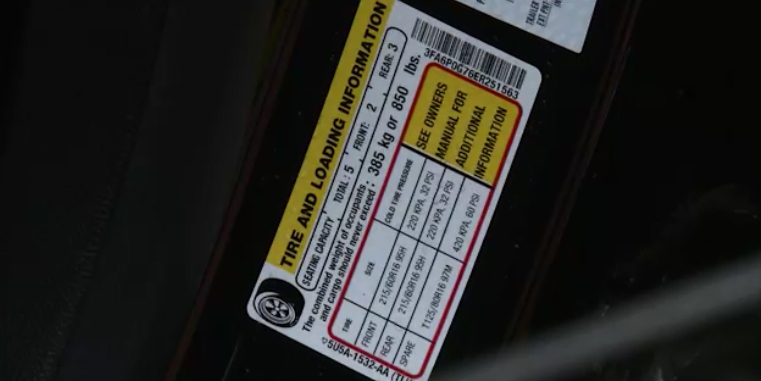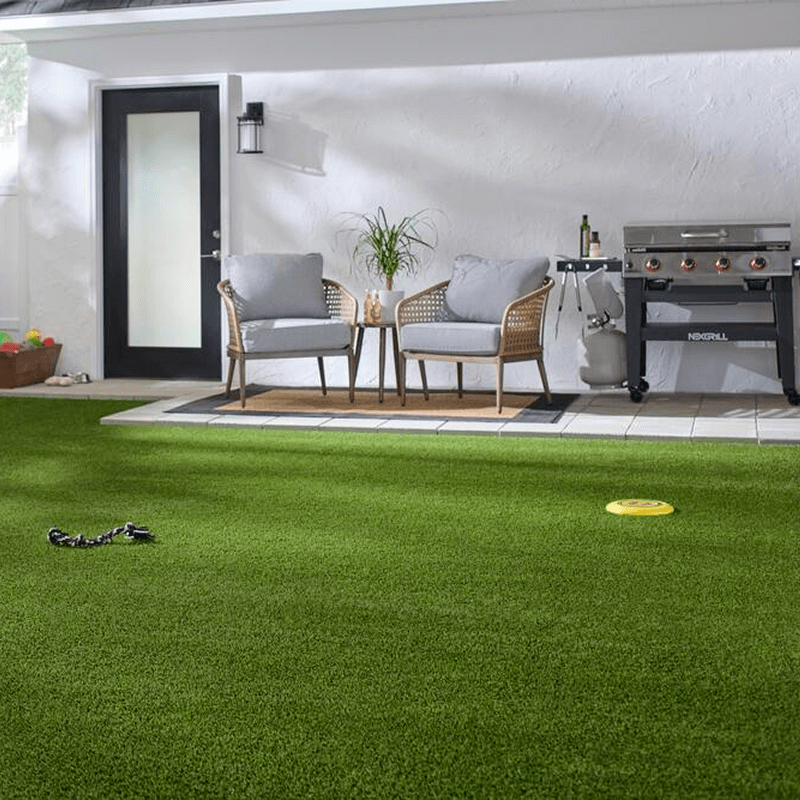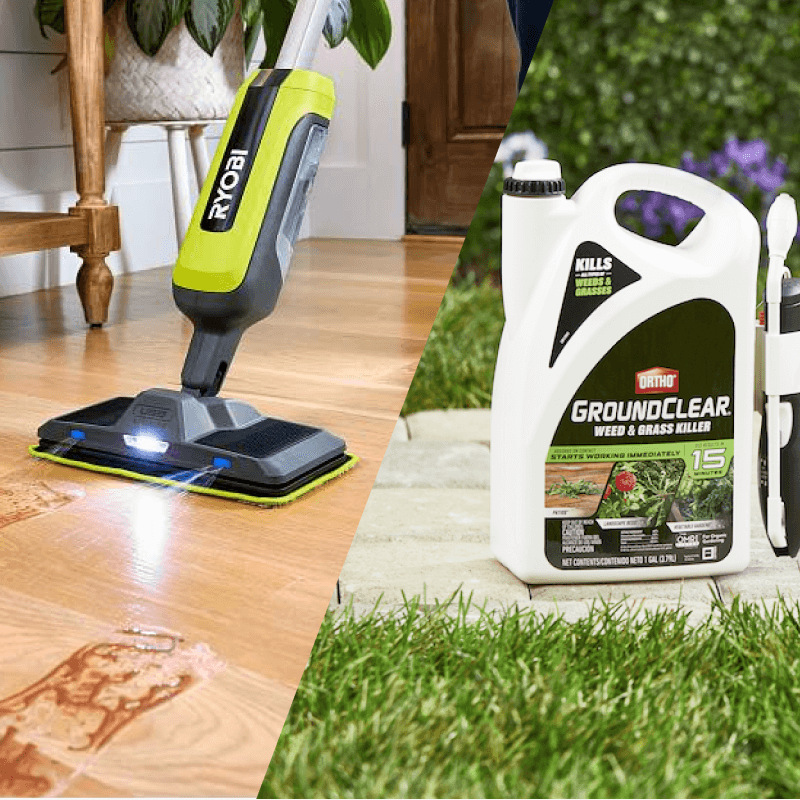Harsh weather can wreak havoc on your car and lead to hazardous driving situations. That’s why it’s just as important to winterize your vehicle as it is to prep your home for cold temperatures.
Take it from Larry McReynolds, whose NASCAR career spans 40 years, including 23 wins as crew chief. He’s helped some of the sport’s biggest names to their biggest wins – meaning, he knows a thing or two about taking care of a car.

“We depend on our cars year-round, so it’s easy to take them for granted,” says Larry. “But as we head into winter, it’s more important than ever to make sure you’re prepared. The better you treat your car, the better it’s going to treat you.”
Here are Larry’s top three tips to prep your car for winter weather:
1. Take preventative measures.
Simple maintenance can help lengthen vehicle life, prevent expensive repairs and keep you safe in harsh weather.
Prevent your radiator fluids from freezing by checking in on your Antifreeze levels. Antifreeze ensures that the cooling system is running efficiently and protects against rust and corrosion.
“A number of years ago, when I was still living in Birmingham, the thought occurred to me to check the antifreeze in my mom’s car,” recalls Larry. “When I checked it, it was pure water – no antifreeze or coolant whatsoever. I’m sure I saved my mom from a huge repair bill, possibly even having to replace the engine altogether.”
You should also inspect your windshield wiper blades for squeaking, streaking or skipping. Wiper blades should be replaced every six months to a year.
Finally, make sure to regularly change your motor oil. Engine oil thickens when cold, making it harder for the engine to turn over.
2. Keep a close eye on your tires.
As the temperatures drop, so does tire pressure – about one PSI for every 10-dgree drop in the temperature. Make sure to check in on your tires regularly during the winter months.
Use a tool like the Husky Digital Tire Gauge to check your tires and make sure you’re safe to hit the road.
Remember to check the tire pressure requirements specific to your car. Most vehicles have this information printed right on the car door for easy reference.

3. Prepare for the worst with a winter survival kit.
Pack a winter survival kit and stash it in your trunk – just in case. You never know when you might need it.
“In racing, people talk a lot about luck,” says Larry. “I’ve always believed that luck is where preparation meetings opportunity. The more we can prepare, the more we can avoid problems on the road and set ourselves up for success.”
Not sure what to include in your emergency kit? Check out the graphic below.

First Aid Kit, Tire Repair Kit, Tool Kit, Flares, Tire Pressure Gauge, Jumper Cables, Flashlight, Blanket, Radio, Ice Scraper and Work Gloves.






